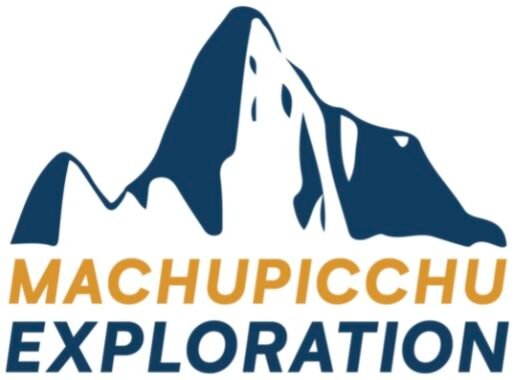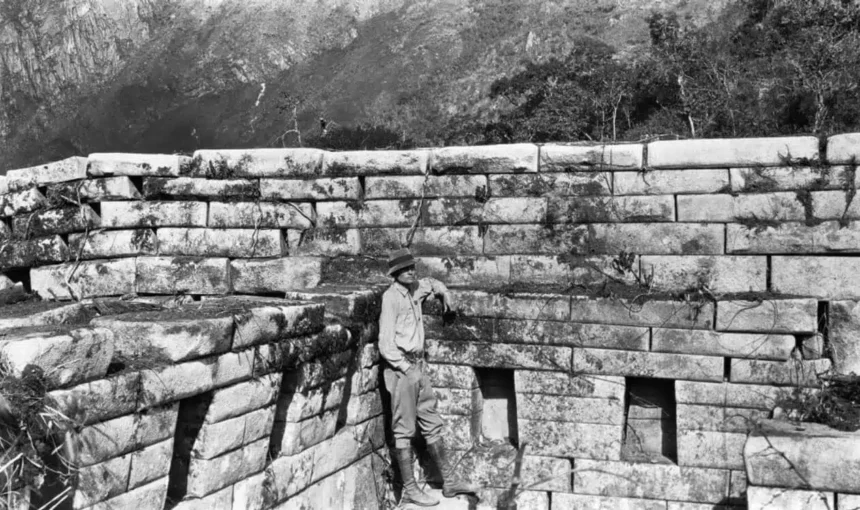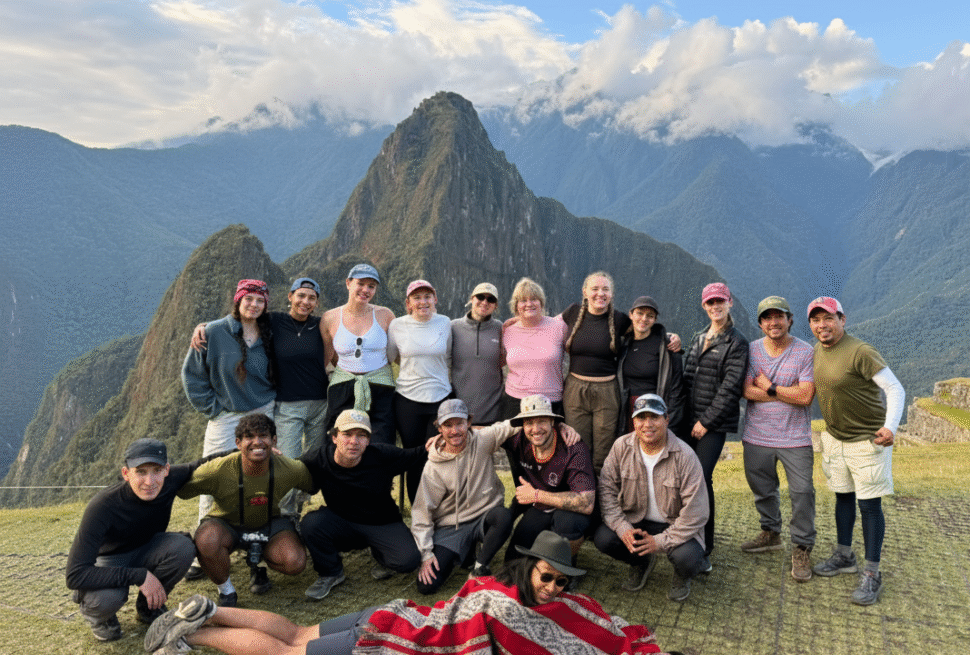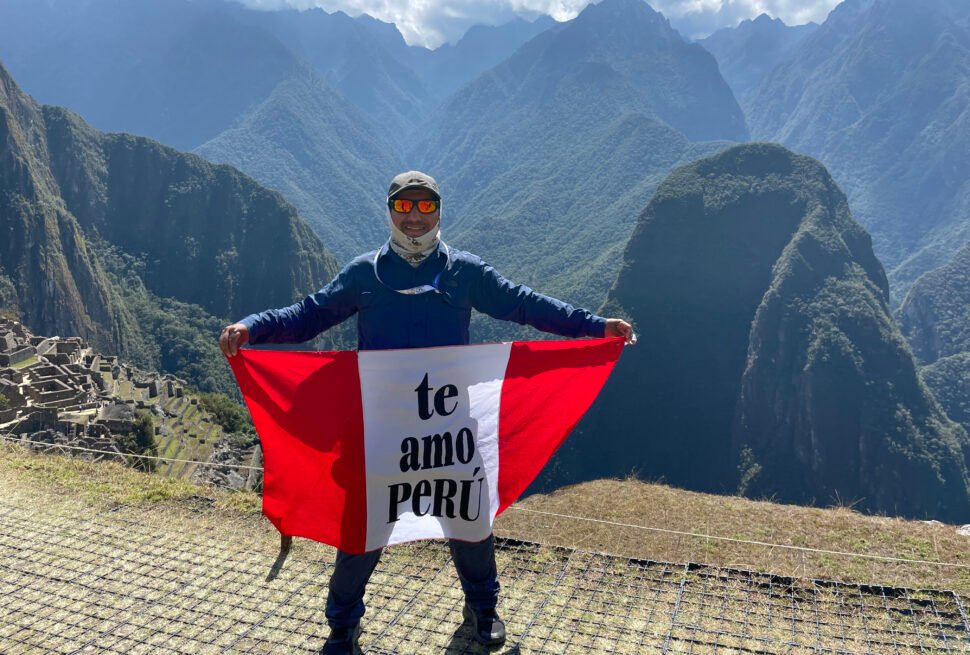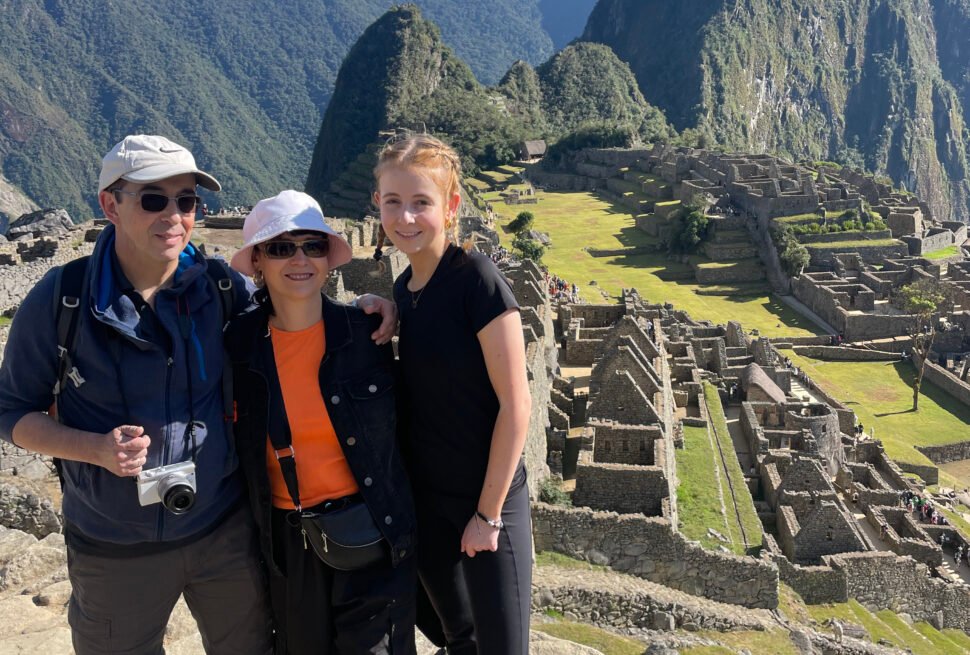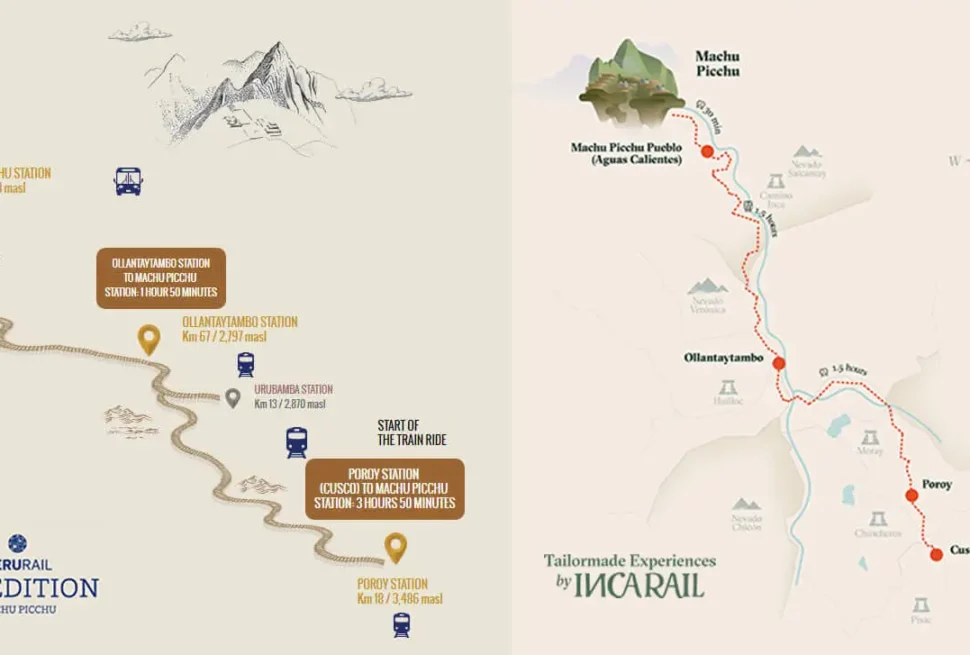Learn 12 fascinating facts about Machu Picchu before you travel from local guides and academics.
Write by Jimmy, professional tour guide in Machu Picchu.
Machu Picchu has many Enigmas and many questions without answers . It is impressive to continue admiring the great engineering technique that dominated our ancestors.
Fact 1: Machu Picchu was discovered by local families who lived near the mountain. Agustín Lizárraga leaves a writing of his name in the temple of the three windows with the date of 1902 date that local families begin to explore.
Fact 2: Machu Picchu was scientifically explored in 1911 by the arrival of Hiran Bingham and by the support of the national geography, a very important fact that Professor Hiran Bingham is accompanied by Captain Carrasco, a military officer of Cusco who supports him on this excursion.
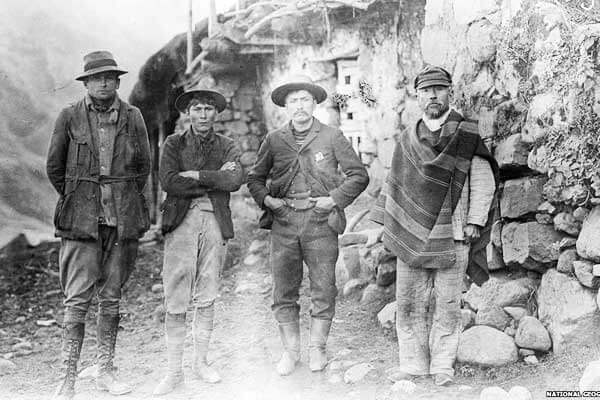

Fact 3: Machu Picchu, considered one of the most important temples of the Inca empire, is located at the entrance of the Amazon between the beautiful Andes and the high jungle.
Fact 4: Machu Picchu possibly began construction between the 14th and 15th centuries. There are no documents yet to certify the beginning of its construction, it has an impressive anti-seismic engineering system and a perfect hydraulic system.
Fact 5: In the exploration of 1911 with Professor Hiran Bingham, funerals were found that give us a great idea of the population that lived in this city and the fine textile industry of nobility.
Fact 6: Machu Picchu has different types of architecture that we can compare with other cultures in the world.
Fact 7: Machu Picchu is built in the valley of vilcanota and vilcabamba by the natural quarries of granite stone and the natural springs of water that springs from the same mountain.
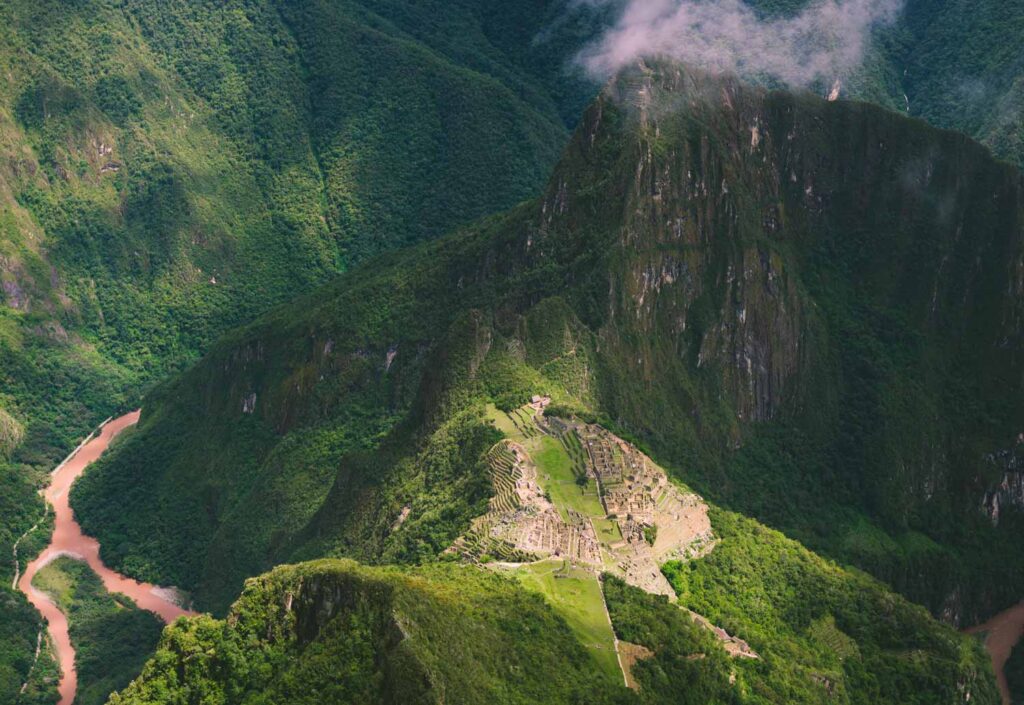
Fact 8: Machu Picchu is an astronomical city recognized by the national geography and the perfect location of the temples waiting for the sunrise on the solstices and equinoxes a spectacle of being able to appreciate these natural phenomena that were sacred to our ancestors.
Fact 9: Machu Picchu in this pandemic was closed for approximately 2 years, which were a great break for the natural world. It was impressive to see the spectacled bear again, pumas, Andean fox and different varieties of birds and rodents.
Fact 10: Machu Picchu, one of the 7 wonders of the world, opens the doors of the city to be able to admire its beauty, its mystery, after COVID 19 at a 50% capacity and with limited tickets.
Fact 11: Machu Picchu has 5 circuits to be explored since 2022. We have circuit 1, which is the route through the part of the guardian’s house.
Fact 12: Circuit 2 which is the route with the mountain Machu Picchu circuit 3 that is traveled with the Waynapicchu mountain circuit 4 which is the route with the Huchuy Picchu mountain and finally the last circuit opened a few days ago circuit 5 with the route of the Inca bridge.

Fact 13: In 1981, Peru declared an area of 325.92 square kilometers around Machu Picchu a “historic sanctuary. In addition to the ruins, the sanctuary includes a large part of the surrounding region, rich in flora and fauna of the Peruvian Yungas and Central Andean humid puna ecoregions.
Fact 14: The Paramount Pictures film The Secret of the Incas (1954), starring Charlton Heston and Ima Sumac, was shot in Cusco and Machu Picchu, the first time a major Hollywood studio filmed there. Five hundred indigenous people were hired as extras in the film.
Fact 15: Authenticity
After the abandonment of the Historic Sanctuary of Machu Picchu in the early sixteenth century, the growth of vegetation and isolation ensured the conservation of the architectural attributes of the property. Although the design, materials and structures have undergone slight changes due to the deterioration of the fabric, the conditions of authenticity have not changed. Rediscovery in 1911 and subsequent archaeological excavations and conservation interventions have followed international practices and standards that have maintained the attributes of the property.
